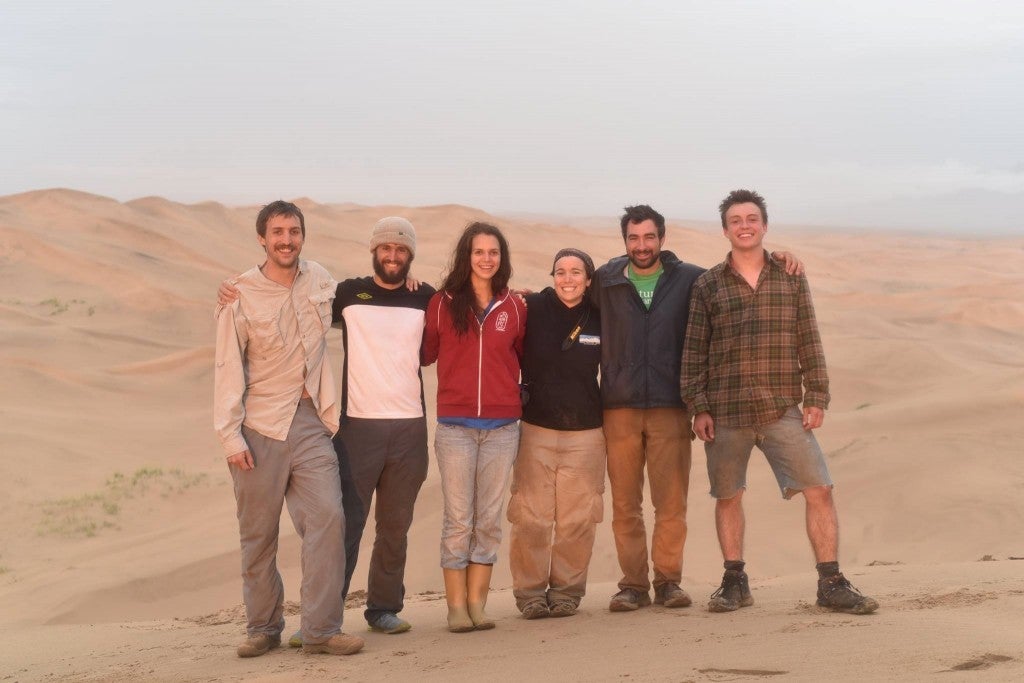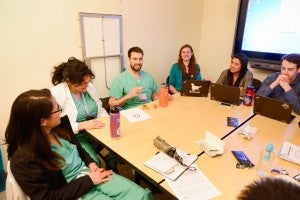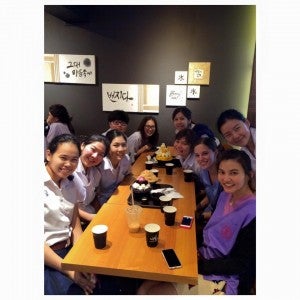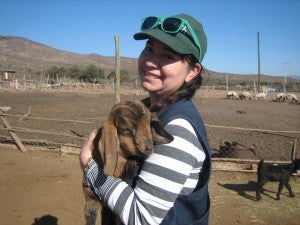Contributed by Roxana Bordbar, Class of 2018
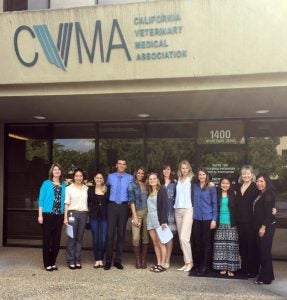
In front of the CVMA headquarters in Sacramento, from left to right: Valerie Fenstermaker, Vicky Yang, Elizabeth Malcolm, Grant Miller, Roxana Bordbar, Julie Dobbs, Audrey Buatois, Elizabeth Tenborg, Christina Thompson, Jenny Tsai, Christina DiCaro, Della Yee.
For many veterinary students at UC Davis, the California Veterinary Medical Association (CVMA), may often seem like an enigmatic entity. Everyone knows what the CVMA is, but many are not quite sure what the CVMA actually does behind the scenes. Thus, it was the mission of Elizabeth Malcolm and I to change that, at least for a few students. We wanted to bring students up close and personal to the action—we wanted to show them what the CVMA and organized veterinary medicine really does for the veterinary profession.
It all started in February of 2016, when Elizabeth and I had the life-changing opportunity of attending the American Veterinary Medical Association (AVMA) legislative fly-in as the SAVMA Delegate and CVMA Student Representative, respectively. To sum it up, we flew to Washington D.C. where we were briefed by the AVMA on current legislation important to veterinarians and veterinary students, and we subsequently went to Capitol Hill to advocate and lobby for these positions at the offices of Senators Diane Feinstein and Barbara Boxer, and Congressman John Garamendi. Let’s just say that it was an incredibly successful trip; we learned so much and we came back invigorated and full of passion for organized veterinary medicine and advocacy! Continue reading

